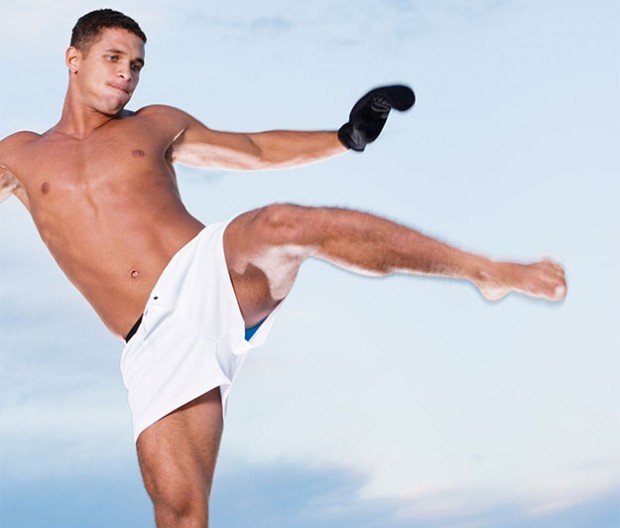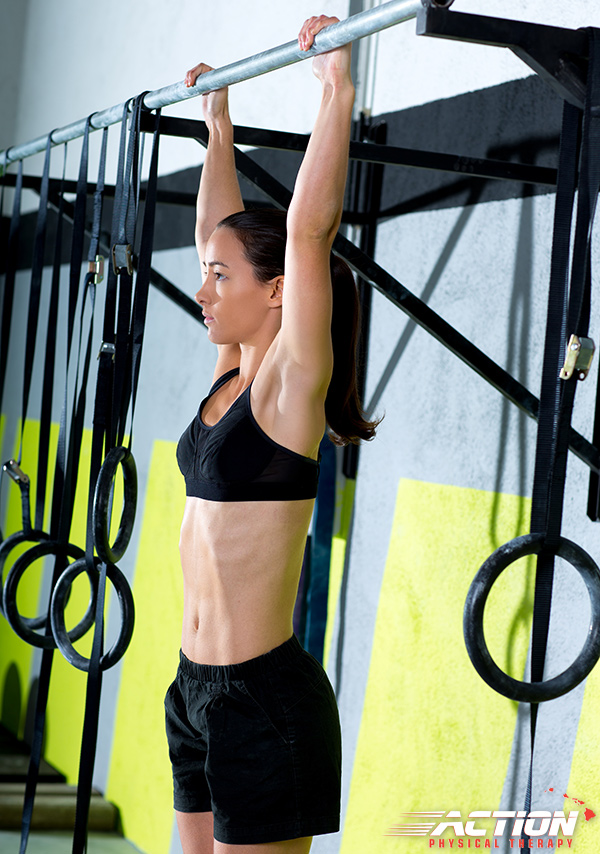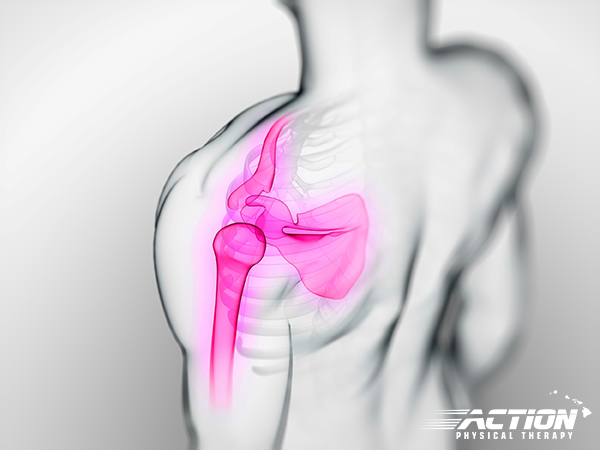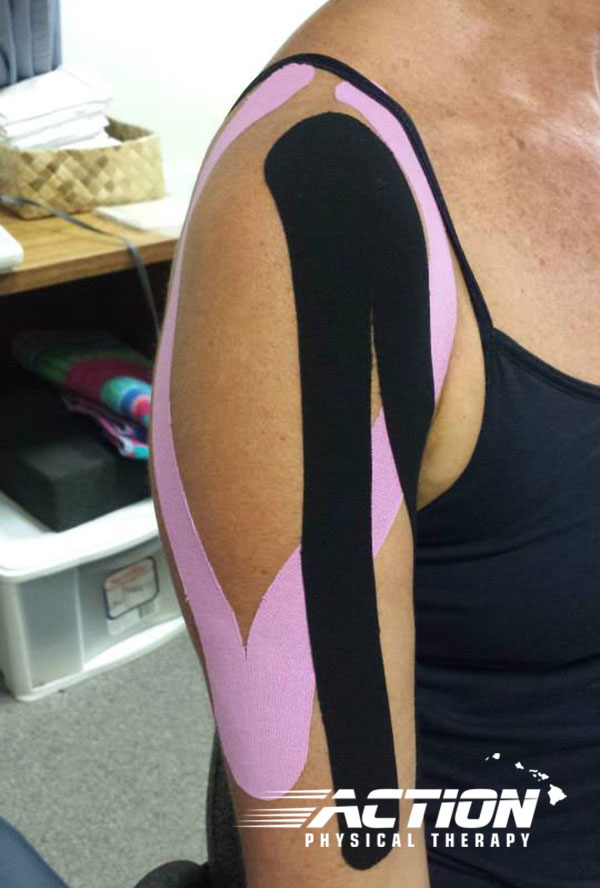Kauai Physical Therapy Blog
Home of Action Physical Therapy: Kauai's Premier Physical Therapy and Personal Fitness Clinic
Shoulder
MMA Training Tradition Comes Under Scrutiny With Injured Champ
Old School Vs. New Class
 In a press conference this morning, the often outspoken UFC President Dana White scrutinized training techniques that he asserts led to a champ’s career-threatening MCL tear. White charges that American Kickboxing Academy (AKA)— training facility of current UFC Heavy Weight Champion Cain Velasquez—is “still in the stone ages” when it comes to their fight prep regimen.
In a press conference this morning, the often outspoken UFC President Dana White scrutinized training techniques that he asserts led to a champ’s career-threatening MCL tear. White charges that American Kickboxing Academy (AKA)— training facility of current UFC Heavy Weight Champion Cain Velasquez—is “still in the stone ages” when it comes to their fight prep regimen.
Cain Velasquez has a string of injuries that have kept him out of title bouts with eager challengers. He last fought in 2013, when he dethroned former heavy weight champ Junior dos Santos at UFC 166, but has since been sidelined by training-induced shoulder and knee injuries.
White has become so frustrated by injuries sustained in training (and the events that don’t happen because of them) he announced that UFC’s new headquarters in Las Vegas will include a “huge facility for rehab and therapy” that will focus on “educating the fighters on training better.”
It’s important to note that Velasquez, whose professional record is 14 and 1 (his latest win in the form of a championship belt), is obviously doing something right. In fact, AKA is home to number of top MMA contenders. And, while other fighters, trainers, and sideline commentators will surely contest White’s words, he does bring to light the importance of aligning injury prevention and fight preparation.
The details of UFC’s new HQ have yet to be divulged and the initial announcement leaves much to the imagination. But, it will be interesting to see if White’s vision for a bigger, better training compound will reduce injuries and still produce champions. In the meantime, we hope Cain Velasquez recovers well and look forward to seeing him back in action again soon.
If you’d like to include injury prevention in your training program, or need therapy from an injury that’s already happened, we’re here to help. Some of our own patients are making a living in the octagon, so we have an intimate understanding of what kinds of injuries occur and how to help them heal.
Scapulothoraticic Bursitis, or as most people call it, “My shoulder hurts.”
The shoulder is a complicated and often over-used joint prone to various pain-causing issues. Between swelling of the bursa, bony abnormalities and insufficient musculature, the shoulder can become a painful and noisy joint. Sound familiar? The first step to healing and returning to pain-free movement is see your P.T.

Motion in the shoulder depends on adequate coordination of the concave scapula on the convex thoracic wall by the periscapular musculature. Incongruence, which has several possible causes, such as bony abnormalities, insufficient muscular control and the thickening and scarring of connective tissue may result in a painful grating sound or sensation produced by friction between bone and cartilage during movement.
If you are interested in learning more read here or contact Action PT today.
Are you doing the perfect pull-up?
Using proper technique for all exercises will help you prevent injury and get more out of the movement. Here’s a few tips from coreperformance.com about how to perform a perfect pull-up.

Have you ever wondered if you are doing a pull-up properly? The pull-up is one of the best upper body exercises and provides you with the greatest benefits to your back and upper body. It’s functional, versatile, and easy to throw into a circuit. That’s not to say it’s easy to do right. Pull ups are one of the hardest exercises you can do, well if you do it right.
Here are a few key points to perfecting the pull-up.
• Hang loose.
• Get a grip.
• Stay still.
• Focus.
• Stay tight.
• Keep control.
Click here to read the full article, “Q&A: The Perfect Pull-Up”
Shoulder Impingement
Motor control retraining exercises for shoulder impingement: effects on function, muscle activation and biomechanics in young adults.
There is limited evidence motor control and strengthening exercises are effective in patients with subacromial impingement syndrome (SIS). The purpose of this study was to investigate the effectiveness of scapular motor control retraining exercises on pain and function outcomes as well as kinematic and neurophysiological parameters.
16 young adults with SIS and 16 healthy age and sex matched individuals were included. Subjects completed several patient reported outcome measures and a testing procedure consisting of arm elevation to 90 degrees in the sagittal, frontal and scapular plane while data was collected using surface electromyography and using a 3D motion analysis system.
After a 10 week motor control intervention including exercises for learning optimal scapular coordination and selective strengthening of the scapular muscles, and manual therapy techniques commonly used in clinical practice, immediate improvements in pain and function were present. Moreover, muscle recruitment patterns were altered significantly, leading to more adequate scapular kinematics. > From: Worsley et al., J Shoulder Elbow Surg 22 (2013) e11-e19. Published in Europe PMC.
- Visit the Pubmed summary for more information or click here for the free full text version.
- Reposted from www.anatomy-physiotherapy.com
Kinesiology Taping
Taping for impingement with long head biceps tendon involvement. Get it done right at Action Physical Therapy – Kauai

Kinesiology taping is a taping technique applied over muscles to reduce pain and inflammation, eliminate swelling and bruising, support muscles, and aid with muscle contraction while an injury is healing. Kinesiology tape provides support as well as healing without restricting range of motion or blood flow. Although the media has primarily associated kinesiology taping with athletes, the majority of its applicants are non athletes. Kinesiology taping can be used for treating a variety of conditions such as carpal tunnel syndrome, back pain, knee pain, shoulder conditions, hamstring injuries, and rotator cuff injuries. It can be an important part of our patient’s post-injury or postoperative recuperation and our physical therapists have seen great improvements in their patients rehabilitation throughout the use of kinesiology tape. Both of our therapists, Ginger and Steve, are skilled in the use and application of this important rehabilitative tool.


